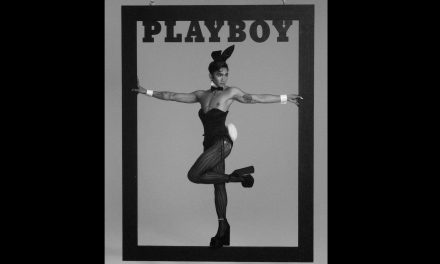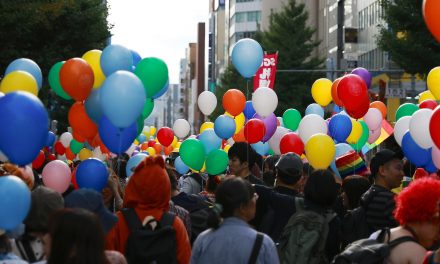(Photo Credits: Edgar Beltrán, The Pillar, CC BY-SA 4.0, via Wikimedia Commons)
ROME — Pope Leo XIV has taken a significant step toward inclusivity in the Catholic Church, reaffirming LGBTQ acceptance just as the Vatican prepares for a historic Jubilee that, for the first time, features an LGBTQ pilgrimage and reportedly a rainbow crucifix at the heart of its celebrations.
On September 1, Pope Leo XIV held a half-hour, publicly disclosed audience with the Rev. James Martin, a prominent Jesuit advocate for LGBTQ Catholics. During the meeting, the Pope conveyed his intention to uphold Pope Francis’s legacy of openness, emphasizing that “all people, including LGBTQ people” are welcome in the Church, echoing sentiments that once defined Francis’s outreach efforts, AP News reports. The audience served as a symbolic affirmation of inclusion in the early months of Leo’s pontificate—a move that drew praise from LGBTQ-friendly groups and concern from conservative critics.
Rev. James Martin, one of the most prominent advocates for inclusion of the LGBTQ+ in the Catholic Church, met with Pope Leo XIV this week, saying the Pope reaffirmed a commitment to inclusivity within the Church.
— CBS News (@CBSNews) September 2, 2025
“I heard the same message from Pope Leo that I heard from Pope… pic.twitter.com/ks6qSXTIBZ
Simultaneously, Rome is preparing to host around 1,200 LGBTQ+ Christians, families, and allies for a series of events as part of the 2025 Jubilee Year. These include prayer vigils, a special Mass, and a pilgrimage culminating at the Holy Door of St. Peter’s Basilica—a traditional ritual of Jubilee Years. On September 5, a Vatican-listed international meeting, “Listening to the Experiences of LGBTQ Catholics,” will be held inside the Vatican and is organized by Outreach, the U.S. Jesuit-founded ministry led by Father James Martin.
The following day, Bishop Francesco Savino will preside over a Mass at the Church of the Gesù. Afterwards, pilgrims—including LGBTQ faithful and supporters—will embark on the traditional walk through the Holy Door. A focal point of the pilgrimage is the “Jubilee Cross,” reportedly adorned with rainbow colors, which will lead the procession from Piazza Pia to St. Peter’s Basilica. Read at GO Magazine for more information.
Inclusion of these LGBTQ-related events marks a notable shift in Vatican activity. The Jubilee Year calendar, traditionally focused on universal Church reconciliation, is now LGBTQ inclusive, following a pattern established late in Pope Francis’s papacy, when the Vatican began listing an Italian LGBTQ group’s pilgrimage on its official schedule—even while clarifying that listing does not equate to formal sponsorship.
These developments emerge amid a careful balance. Pope Leo XIV has reiterated traditional Church teachings, asserting that family is grounded in “a stable union between a man and a woman,” and reaffirming that doctrine remains unchanged, despite his outreach initiatives. While his earlier critique of the “homosexual lifestyle” had raised concerns, his actions now suggest a more inclusive posture that remains grounded in established Church doctrine.
As the Jubilee Year unfolds through January 6, 2026, the inclusion of LGBTQ-oriented worship and visibility at the heart of Vatican life marks a watershed moment—one that may shape the future of Church engagement with LGBTQ communities.
According to Reuters, The Jubilee, or Holy Year, is a significant event in the Catholic Church that traditionally occurs every 25 years. It dates back to the year 1300 and is intended as a time of forgiveness, reconciliation, and pilgrimage. During a Jubilee, special “Holy Doors” are opened at St. Peter’s and other major basilicas in Rome, symbolizing entry into a year of grace and spiritual renewal. Pilgrims from around the world traverse these doors, seeking spiritual renewal and forgiveness.
The 2025 Jubilee, themed “Pilgrims of Hope,” is distinct for incorporating programming specifically for LGBTQ participants, a first in Jubilee history. It blends ancient tradition with a modern emphasis on inclusion, marking a new chapter in how the Church engages with marginalized communities during its most sacred seasons. Read here and here for more information.









